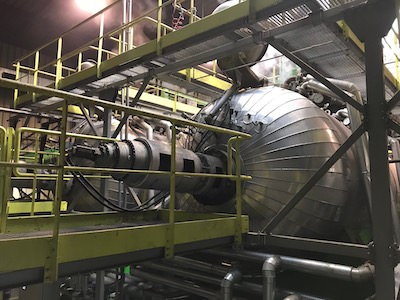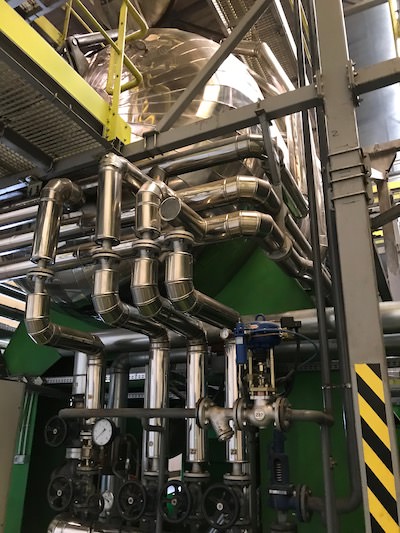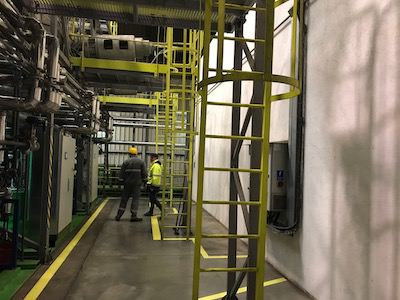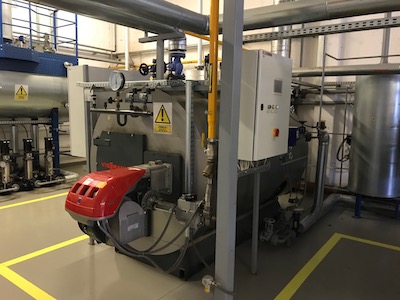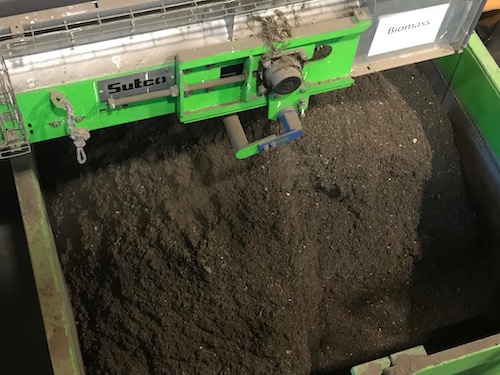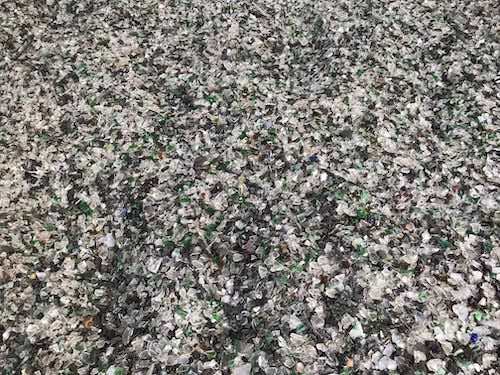Municipal Waste Challenges
Mixed municipal solid waste (MSW) is arguably the most difficult type of waste to manage, given its scale and complexity. The organic content present decomposes over time and causes severe contamination. Consequently, this is the main reason why still most of the mixed waste globally cannot be recycled effectively and ends up in landfills. Separating and cleaning the recyclable fractions is a very difficult and expensive process.
Most developed countries now implement source segregation of municipal waste. Households separating recyclables into separate bags which are separately collected from the mixed (black bag) waste. Some local authorities go a step further and also manage a separate collection of organic waste (food and garden waste). It then usually goes to anaerobic digestion or composting plants which process it and generate renewable energy. The overall effect is reduced volume of landfill waste and recovery of many recyclable materials. Unfortunately, all these practices add a considerable cost to municipalities. In many countries, the cost is far beyond what their budgets allow, thus giving them no alternative but to continue sending waste to landfill.
Even in developed countries, the remaining residual mixed waste still presents a huge challenge. Typically, it consists of 30-50% organic waste with the rest being mainly recyclables like plastics, paper, glass and metals. Effective processing is extremely complex, difficult and expensive.

How Municipal Waste is Processed
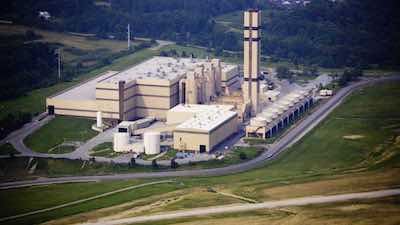
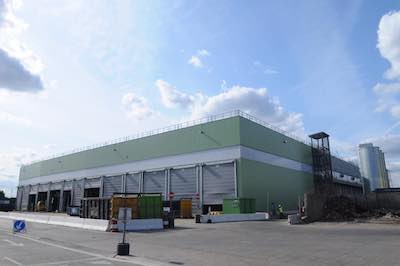
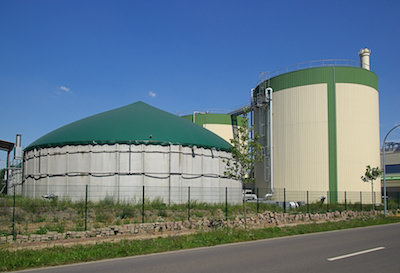
Over the years there has been an evolution in the methods of processing waste and diverting it away from landfill. We have seen the development of material recovery facilities (MRFs) and different sorting technologies which aim to separate and clean recyclable fractions. However, they have very high operating costs and low effectiveness.
Energy from Waste
The separating challenges are the main reason why today the majority of waste in developed countries goes to Energy-from-Waste (EfW) plants, also known as Waste-to-Energy. Their primary aim is to process the entire waste in order to generate energy rather than recover materials. Incineration is by far the most popular such technology which has been used for many years. It converts the energy content of the waste into gas, which combustion engines subsequently burn to produce electricity and heat. Incineration plants operate around the world and today they process a large proportion of the municipal waste.
Most incineration plants are not environmentally friendly and also have very high capital and operating costs. They are very large scale, often processing hundreds of thousands of tonnes annually. Due to the high costs, these plants rely heavily on high gate fees. Increasing competition for waste contracts has led to many plants closing down.
Advanced Conversion Technologies
In recent years, we have seen new emerging EfW technologies offering a more effective solution. They are known as Advanced Conversion Technologies (ACT) and their aim is to improve material recovery. The two most significant ones are Mechanical Heat Treatment (MHT) and Mechanical Biological Treatment (MBT). MHT incorporates various sorting technologies that separate recyclables. Furthermore, it uses steam injection to try and clean them from organic contamination. On the other hand, MBT integrates anaerobic digestion (AD) or composting in order to treat the organic fraction and produce renewable energy.
ACT plants are a step forward from the undesirable incineration but they similarly have high capital and operating costs. Their effectiveness also leaves much to be desired with most plants operating at 25-40% separation efficiency. The remaining waste is known as refuse-derived fuel (RDF) which is typically packed in bales and incinerated locally or exported to other countries for the same purpose.
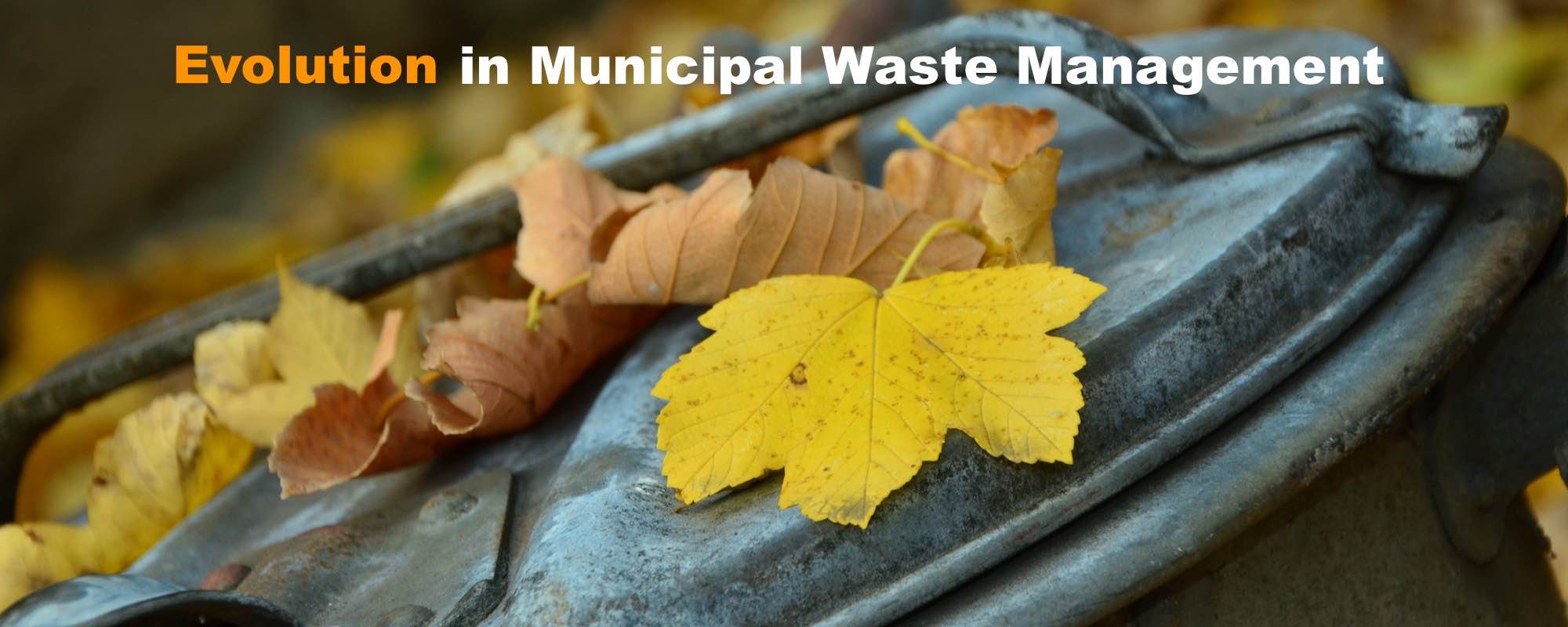
Our Innovative Municipal Waste Solution
At Envitech we are passionate about protecting our environment. It is our mission to bring new innovative ways to process municipal waste to countries around the world. Our aim is to extract the maximum possible benefit in the most economical way. As such, our municipal waste solution offers an opportunity to recover clean useful recyclables as well as utilise organics in a highly efficient and cost-effective way. It is a truly unique and innovative process which offers possibilities that have not been possible until now.
Overall, we guarantee a minimum of 90% clean separation of incoming municipal waste and on average we achieve around 95%. This is effectiveness which arguably no other technology can offer. Furthermore, the separation is clean and the fractions typically require no further cleaning. Lower capital and operating costs than other technologies also mean that our plants can be smaller and located closer to waste sources. As such, we reduce transportation costs and associated pollution significantly.
The Process
We work with select partners and technology providers to integrate innovative technologies into a municipal waste processing plant design that features a very clever operational process flow. It features 3 stages.
- Waste arrives at a waste reception hall. It is then loaded onto a shredder and shredded onto smaller particles. A conveyor belt then takes it to the second hall.
- The conveyor belt loads the waste into specially designed and patented autoclaves. Using steam at high pressure, the waste is completely sterilised for a period of typically a few hours. It has to be noted that, unlike other autoclaves, the steam is not in direct contact with the waste. Our autoclaves feature a unique design and the result is that conditions inside can be managed and the risk of blockages is eliminated. The process shrinks the volume of the waste, bad bacteria and associated foul odours and removes labels and dyes from packaging.
- Once sterilisation is complete, another conveyor belt takes the waste to the third hall for separation. After the waste sets for a short period, it goes through a cleverly designed layout of the latest cutting-edge separation technologies. Market leading systems include mechanical, magnetic, optical and other sorting machines. The end result is a virtually complete separation of the waste into different types of plastics, glass, ferrous and non-ferrous metals, textiles and more. Furthermore, an optional addition allows glass separation according to colour. The organic fraction is also separated with 90-95% organic content.
Complete Automation
A unique specially developed and patented software controls the entire process. The process workflow is fully automated such that no person touches waste from start to end. No manual sorting is necessary which reduces operating costs and health hazard risks considerably. Special sensors in the autoclaves recognise the waste composition and the software adjusts the sterilisation parameters for maximum effectiveness.
The sterilisation process decontaminates, sorts and treats difficult mixed waste in a way that is highly effective and efficient. This also means that the plant is virtually odour free, unlike most existing waste processing plants. The outputs are clean recyclable fractions that have high value as well as a clean organic fraction with high energy content. It can be processed further to generate renewable energy which covers the needs of the plant making it energy self-sufficient.
Low Costs
Our plant is considerably more economical to operate than other MRF plants as well as EfW technologies. It also enables you to fully utilize all waste. Revenue comes from the sale of separated recyclables and renewable energy sold to the grid (from processing energy-rich separated organics). At the same time, there are big savings in landfill gate fees and implementing separate waste collection.
The plant becomes self-sufficient and profitable and (in some countries) it can be profitable even without considering income from gate fees. This is truly astonishing for the waste sector, where profitability is impossible and operating costs are very high.
